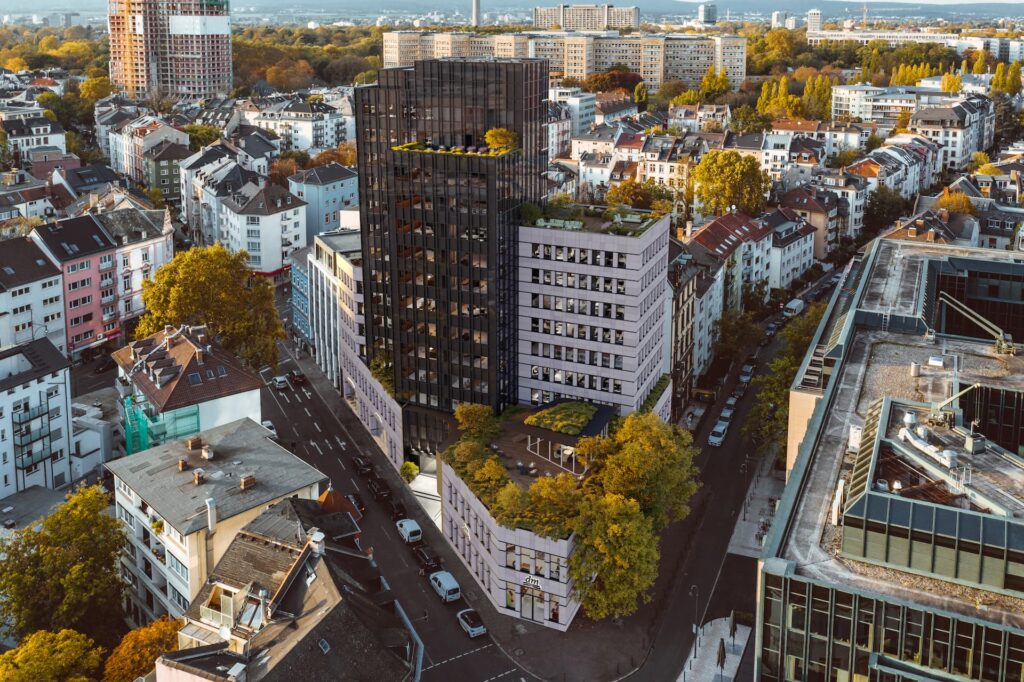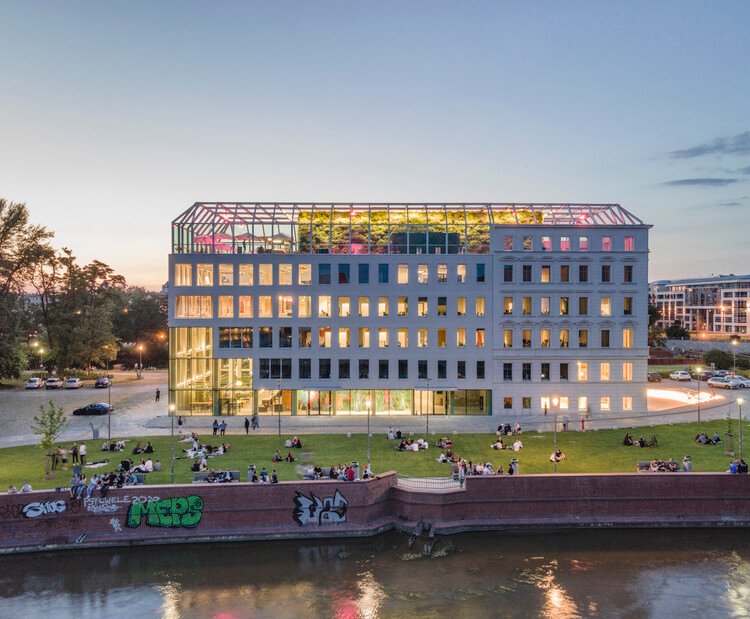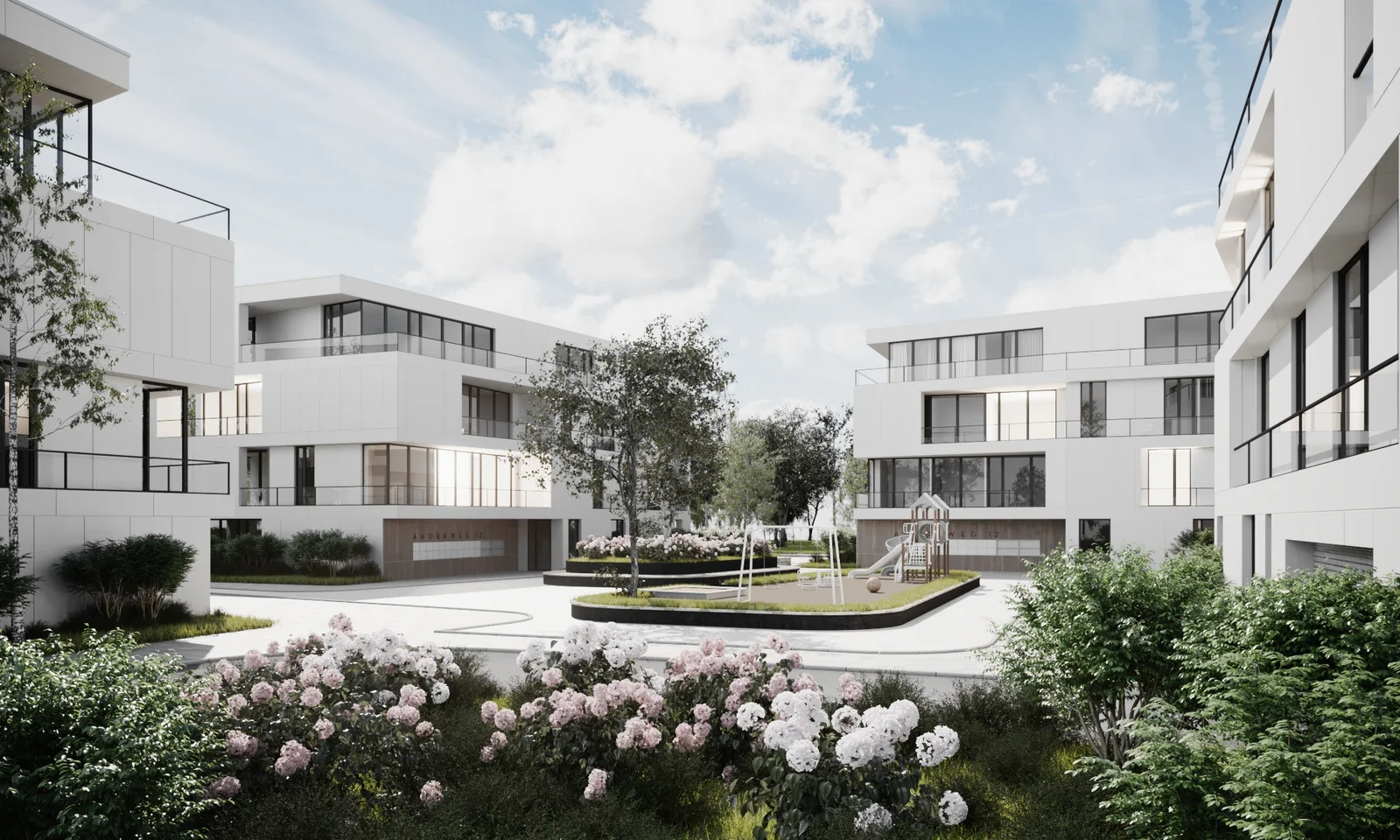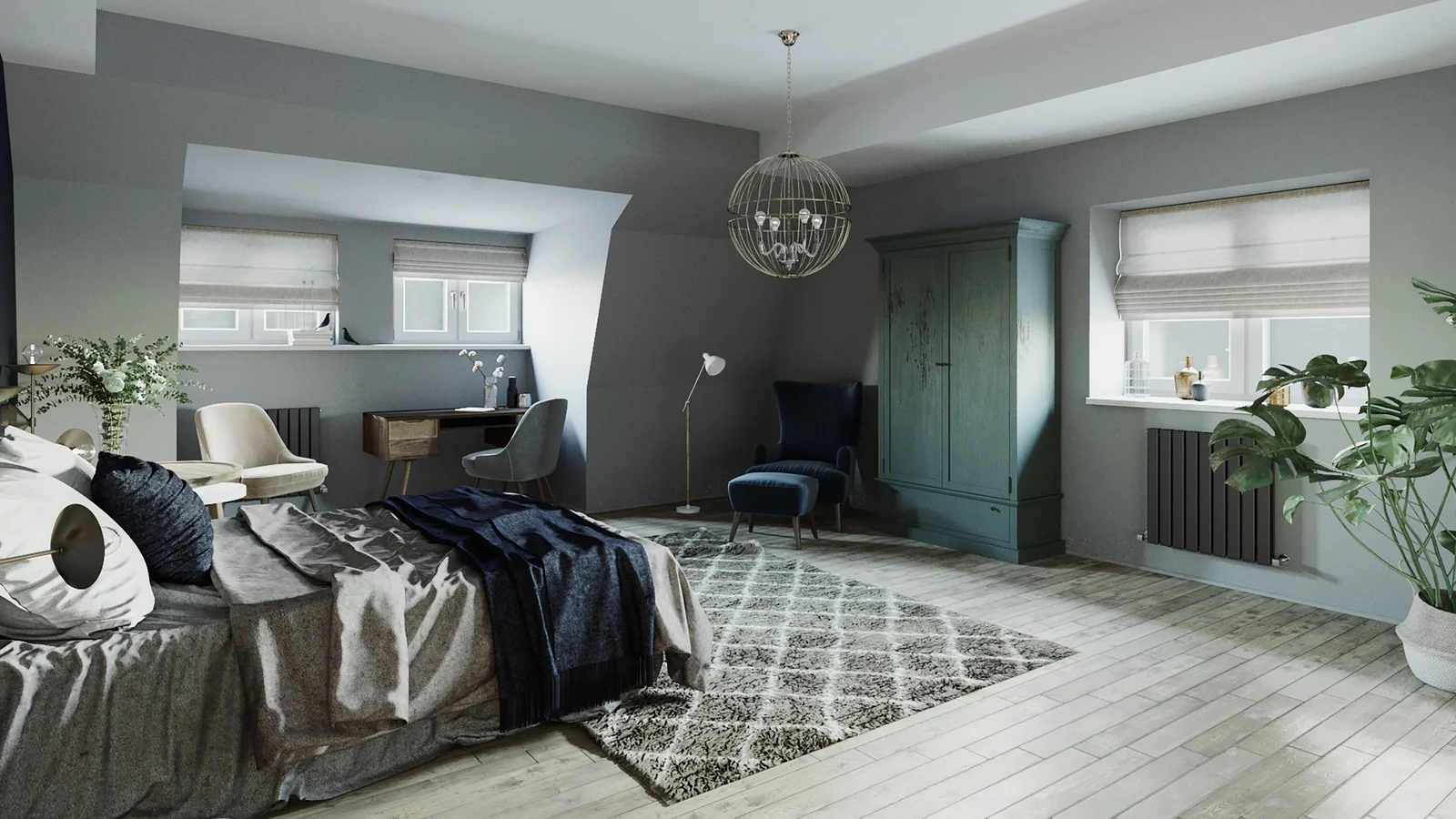How Virtual Reality is Transforming Architectural Presentations
In an era where technology is rapidly changing the way we interact with our environment, the architectural industry is not left behind. One of the most influential technologies reshaping architectural presentations is Virtual Reality (VR). This innovative tool is not only revolutionizing the design process, but is also enhancing the way architects present their work, allowing clients to experience their designs in a more immersive and realistic way.
The Evolution of Architectural Presentations
Before delving into how VR is transforming architectural presentations, it’s important to understand how the industry has evolved over time. From hand-drawn sketches to 2D digital drawings and 3D models, the architectural industry has always been quick to adopt new tools and technologies to enhance the design and presentation process.
From Hand-Drawn Plans to Digital Models
The earliest architectural presentations were hand-drawn plans and sketches. These allowed architects to convey their designs to clients and other stakeholders. However, these presentations were limited in their ability to fully capture the three-dimensional nature of architectural designs.
With the advent of computers, architects began to use 2D digital drawings, which were a significant improvement over hand-drawn plans. However, even these had limitations, as they still failed to capture the full depth and dimension of architectural designs. This led to the development of 3D modelling software, which allowed architects to create more detailed and realistic representations of their designs. But even with these advancements, there was still a gap between the digital models and the actual physical experience of the space.
The Advent of Virtual Reality
Enter Virtual Reality. This technology has the potential to bridge the gap between 2D and 3D representations and the actual experience of an architectural space. By immersing users in a virtual environment, VR allows clients to experience an architect’s design as if they were physically present in the space. This not only enhances the presentation process, but also facilitates better understanding and communication between architects and their clients.
Virtual Reality’s Impact on Architectural Design and Presentations
Virtual reality technology has drastically transformed the way architects present their designs to clients, stakeholders, and even the public. The use of ‘how virtual reality is transforming architectural presentations’ as a keyword emphasizes this revolutionary change.
Enhancing Visualization
One of the most significant impacts of VR on architectural presentations is the enhanced visualization it provides. Instead of relying on 2D drawings and physical models, architects can now create 3D virtual models of their designs. This not only allows architects to explore their creations from every possible angle but also enables them to walk through their designs as if they were real. This level of interactivity and immersion is something that traditional presentation methods simply cannot match.
With VR, clients can understand the spatial relationships and layout of a design far better than they could with a 2D drawing. They can experience how sunlight filters through windows at different times of the day, how spaces flow into each other, and even how furniture might look in the room. By allowing clients to fully immerse themselves in the design, VR makes architectural presentations much more engaging and convincing.
Streamlining the Design Process
Another key way in which virtual reality is transforming architectural presentations is by streamlining the design process. Traditionally, architects would have to create multiple drawings and models to present different design options or changes. With VR, however, they can quickly and easily make changes to the virtual model.
This not only saves a significant amount of time and effort but also allows architects to experiment with different design elements more freely. For example, they can easily change the color of the walls or the type of flooring and immediately see how it affects the overall design. This kind of flexibility and efficiency is particularly beneficial in the early stages of the design process, where numerous changes are often made.
Improving Collaboration and Communication
Finally, virtual reality is making architectural presentations more collaborative and interactive. With VR, multiple people can explore a virtual model at the same time, even if they are in different locations. This makes it much easier for architects, clients, and other stakeholders to work together and discuss the design in real-time.
Additionally, VR can bridge the gap between architects and clients who may not have a technical understanding of architectural drawings. By presenting designs in a more accessible and intuitive way, VR helps clients understand and engage with the design process more effectively. This improved communication can lead to more successful projects and happier clients.
In conclusion, the keyword ‘how virtual reality is transforming architectural presentations’ truly encapsulates the revolution happening in the architectural industry thanks to VR. With its ability to enhance visualization, streamline the design process and improve collaboration and communication, VR is set to continue reshaping architectural presentations in the years to come.In conclusion, virtual reality is undeniably revolutionizing architectural presentations. It offers an immersive, interactive, and engaging way to visualize and understand architectural designs, bringing unprecedented value to architects, clients, and stakeholders. As technology continues to advance, it’s clear that the use of virtual reality in this field will only grow, further enhancing architectural presentations’ effectiveness and efficiency. Therefore, it’s essential for those in the industry to embrace this transformative technology and explore the endless opportunities it offers.







